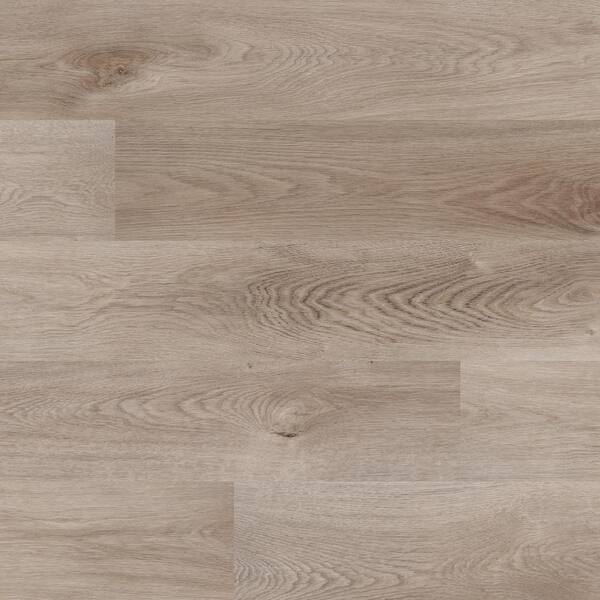Table of Content
This prevents the Luan wood from bubbling when it’s attached to the subfloor. Luan is a thick plywood underlayment material around ¼ inch thick, usually sold in 4 by 8 sheets. The core material in Luan is a tropical mahogany fund in the Philippines, from where it gets its name. Luan panels are manufactured by layering thin strips of mahogany at right angles and binding them together under high pressure. A popular choice of flooring material for bathrooms, kitchens, and laundry rooms nowadays is vinyl flooring.

Mostly, flooring underlayment is installed over your subfloor. Usually, some installers lay the underlayment on the floor and begin installing the laminated flooring on top. Meaning there’s no fastening the underlayment to the subfloor. Sweep your floor to remove all dirt, debris, and dust.
Step 5: Install Your Luan Plywood Into The Subfloor
It’s advisable not to use screws when underlayment because it would leave raised spots to crush the wood. Meaning they would all have to be filled and sanded. Continue and install the remaining pieces of Luan underlayment until they are all finished. Permit or inspection fees required by your local building department for your overall project.

Once vinyl flooring is installed, it bonds strongly with the subfloor below it. For this reason, people choose to install an underlayment first, so the vinyl flooring is installed on a smooth surface. Luan is one such underlayment material best suited for laminate flooring. Luan makes a great underlayment for vinyl flooring, both sheet and tile. It is not suitable for ceramic or porcelain tile, though. Do some folks get lucky when using it?
thoughts on “Is lauan underlay really that bad?”
We went ahead and finished the project as is because we had no better alternative. Instead of cutting across the panel with one forceful cut, make many medium pressure cuts in the same groove. To prevent splintering on the face of your sheet, cut Luan with the circular saw from the backside. There are several different appearances of Luan, mainly in both red and white colors but relatively similar. The appearances depend on where the tropical were harvested and the manufacturer.
While installing a luan sheet, remember to always have the smooth surface up. Luan is the best and inexpensive underlayment popularly used to bring out the perfect floor finish like vinyl. Whenever it’s used, the vinyl floor becomes an attractive choice that enables a clean makeover. No wonder they’re the new darlings of interior designers, architects, and people passionate about decoration.
Step 2: Determining The Size And Surface Area
Check and remove any screws or nails sticking out of the subfloor. Afterward, fill in the gaps with fillers or floor patching compounds according to your manufacturer’s instructions. Give time for the compound soil to dry and sand any bumps remaining to achieve a flat patching surface.
At this point, you’re done with your Luan underlayment installation, and it’s ready to install your flooring cover, such as vinyl. Later, hammer the staples flush with the surface of your Luan plywood underlayment. Then, remove any piece of wood that might have shattered in the staples. Next, remove your Luan plywood and spread enough adhesive with a 1/8-inch notched trowel covering the surface area of the first patch of the Luan patch.
Which Side Of Luan Goes Up?
It’s great to make use of Luan to get a perfect finish. Sweep and vacuum all the dust plus some particles from Luan underlayment before installing any floor covering surface like vinyl. Some flooring like vinyl shows each bump and depression. The staples must be flush a bit below or with the surface of the Luan. The easier way to check is by pulling the edge of your large metal tapping knife on the surface of the Luan.

To get the area required to cover the subfloor, use a tape measure to measure the areas. Divide the area by 32 square footage to enable you to calculate the number of Luan plywood sheets you’ll need. Allow the Luan plywood underlayment to adapt to the area in which you’ll install it.
Plus, the spaces between the plywood seams using a flooring compound and allow the compound to dry out. After that, sand the seams smooth using an orbit sander for a smooth and flat surface. Make sure you cut the luan from the rough side and not the smooth front side to avoid splintering the face of the sheet.
It’s been almost 6 years now, and it has held up just fine. Not a single problem, even in areas that I know get some water spillage and the vinyl tiles aren’t against each other as they should be. I am not flooring expert, but the evidence suggests that lauan is actually a fine underlay choice as long as you get the right quality.

No comments:
Post a Comment